
On March 30, architecture firms, students and interior design studios flexed their creative muscles in a show-stopping procession at IIDA’s 2019 Design Mix. Each team was paired with an industry manufacturer—from tile and lighting to textiles—to produce costumes that tread the lines of design, architecture and fashion. The evening’s theme, Peculiarium, invited designers, architects and students to showcase their most inventive and peculiar circus-inspired ideas. “Design Mix is a platform for our designers, students and industry members to showcase their creative talents by transforming the materials we use everyday in our interior design projects, such as wallcovering, carpet, furniture, and tile, into wearable couture,” describes IIDA President Steven Burgos. “It showcases the ability to repurpose these materials in a unique way, calling attention to the flexibility, resiliency, and sustainability of these products. The partnerships formed while constructing these garments helps to strengthen existing relationships and build new ones, all in the spirit of inclusivity and diversity that is at the core of IIDA South Florida Chapter.” We talked to Arquitectonica, the international architecture firm based in Miami, about how they brought their design to life.
Can you talk about your creation for Design Mix? The theme this year for Design Mix was Peculiarium, which brings back the 18th century circus and English vintage style; based on this, we decided to draw inspiration from the Victorian style era.
What was the process like? Did you begin designing as you would a building? Pretty much, the process began in sketch format by analyzing different options and ways to approach to the design. It was followed with the color and fabric selection since our sponsor was Camira, a textile brand. We knew we wanted it to start as a vintage dress and from there, incorporated elements using the fabric. Then we added the elements of “lady bird” to it—the name became Lady Picorée—and our Lady Picorée uses her magic hat to embrace the ability to fly like a bird.
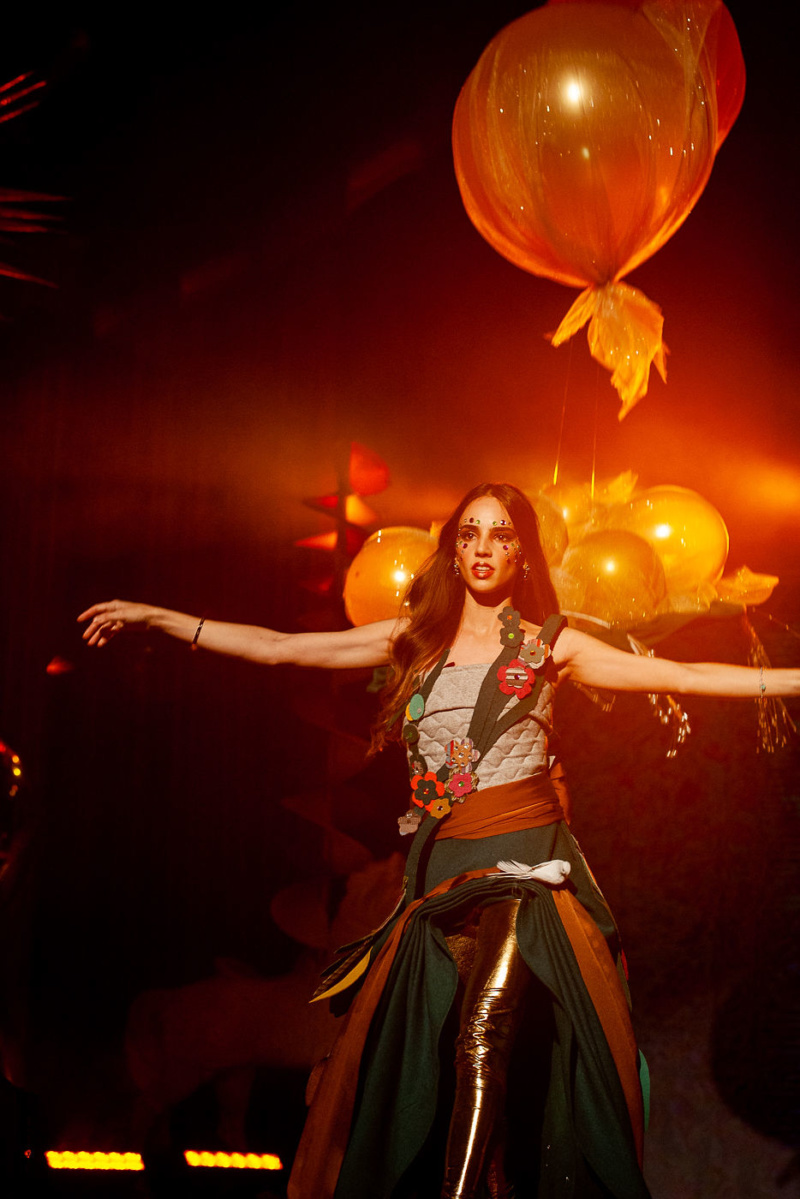
How did the design evolve as you worked on it? The main concept was maintained but as we worked through the process, some of the ideas were discarded and others incorporated—things started to get adjusted and there was an opportunity to incorporate other features that enhanced the original design and brought the Victorian style with this lady bird twist to it.
There are some obvious intersections between architecture and fashion in terms of attention to structure—what are some unexpected ways you translate architecture into something wearable? We totally agree; there is a clear intersection between the two. In our case, the hat was the largest challenge since the flying wing surface of the hat acted as a cantilever balcony by supporting the weight of some of the features that brought alive the theme; in order to support the loads and gravity, we incorporated a cable tensing design within the hat structure.
In what ways does having to work within certain parameters like theme and material push you to adapt your creative approach? For our design we worked with fabrics by Camira, which are very contemporary in design textures and material technology in contrast with a theme from the Victorian era. We had to carefully select the color and texture that was more compatible with the design intent.
How do you represent Arquitectonica in the design? The team consisted of the librarian, landscape architects, interior designers and architects that collaborated in the process; the final design translates into a collaborative work that incorporates the different vision of each trade. This mix of bringing different values into one place aligns with our company culture and goals.

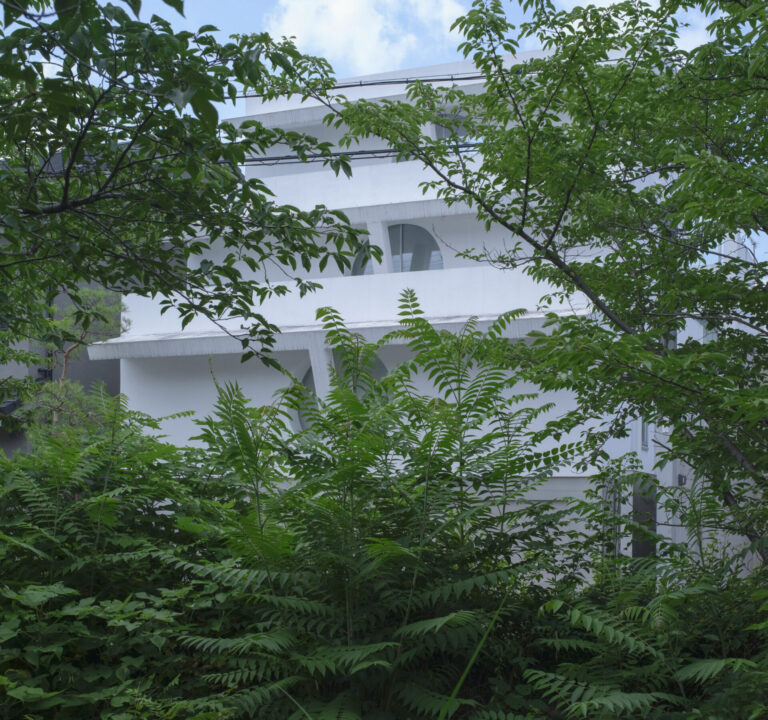
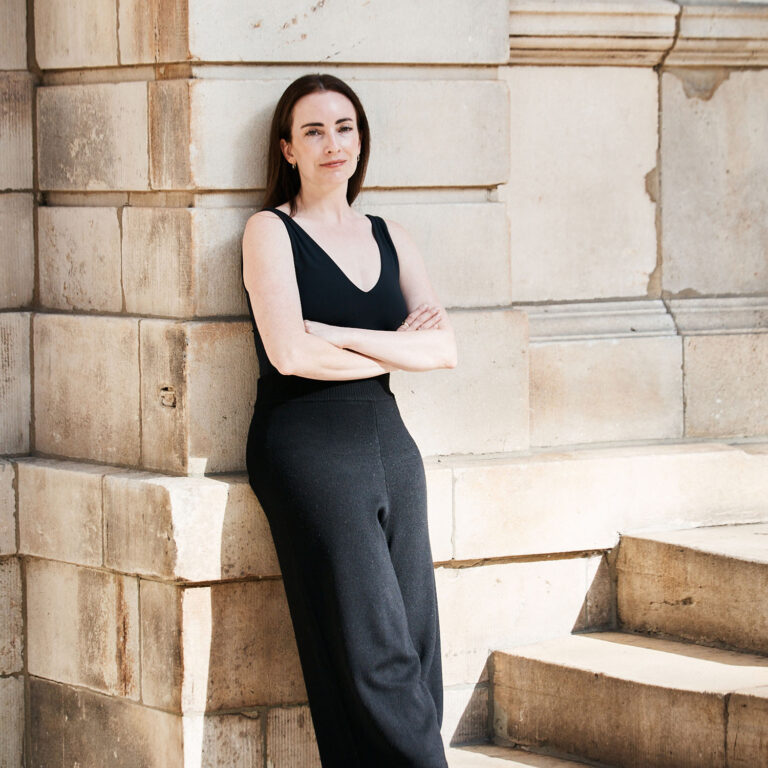

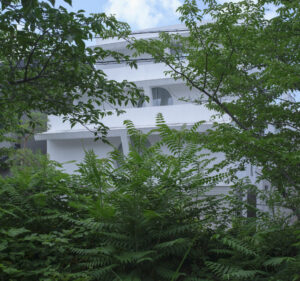
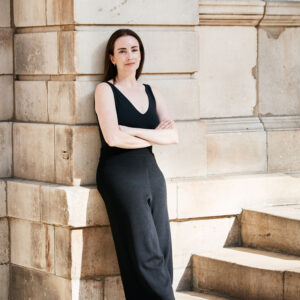




 in your life?
in your life?

